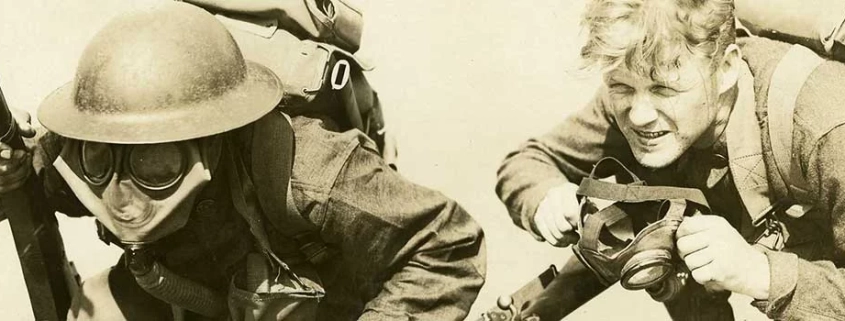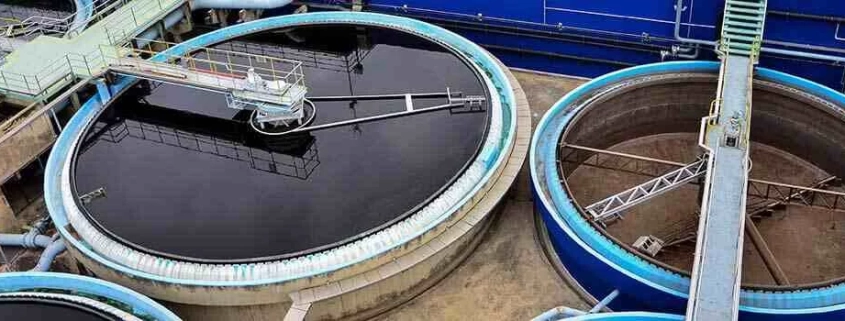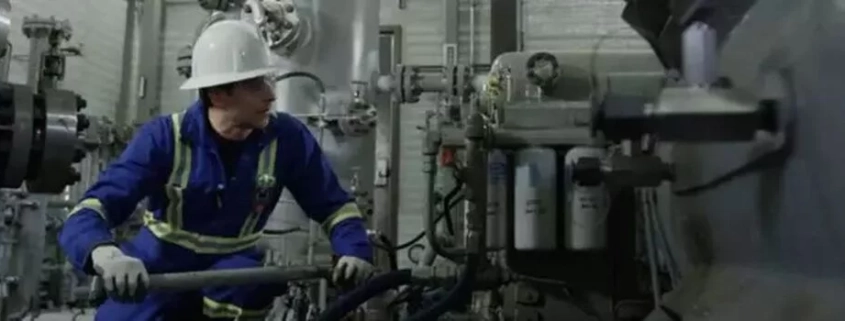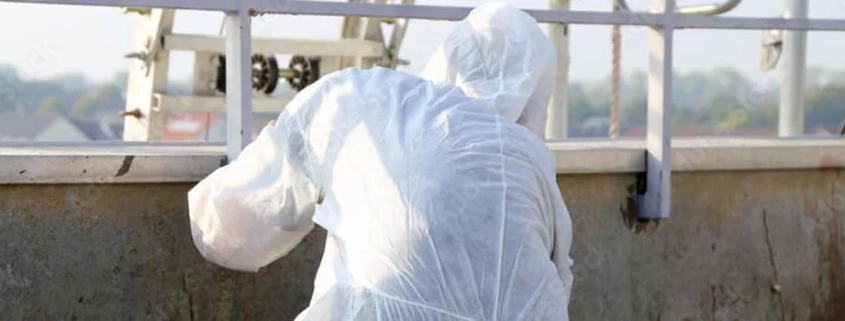Nowadays, it is not uncommon to see small stainless steel cartridges on the ground in large areas and public places. These cartridges, which originally contain nitrous oxide, are being used as a new recreational drug because they create an instant feeling of euphoria when inhaled.
nitrous oxide
Features
Nitrogen oxide (N2O) is also known as dinitrogen monoxide, nitrogen hemioxide, but specifically “ laughing gas ” also known as . Nitrous oxide is a gas that comes from natural sources, especially soils and oceans. It is a colorless gas with a slightly sweet odor and is heavier than air.
To use
Nitrous oxide, originally used in medicine It is a psychotropic gas. Especially in short-term anesthesia It is used as an analgesic or anesthetic. This gas allows to reduce pain without creating a state of complete unconsciousness.
It is one of the oldest volatile substances used in medicine for anesthetic purposes, so it is subject to pharmaceutical regulation. To achieve its anesthetic qualities it must be combined with other volatile anesthetics or administered intravenously. Primary purpose of nitrous oxide to increase the potency of other anesthetics . It is mostly administered via inhalation and for better effectiveness with oxygen is mixed.
In this sector of activity, nitrogen oxide (N2O) comes in the form of liquefied gas contained in cylinders consisting of 90% liquid and 10% gas.
Nitrous oxide is also used in cream siphons in the food industry. propellant It is widely used. It comes in small stainless steel cartridges and can be purchased at most food stores. Therefore, it is very easy to obtain and not very expensive.
Finally, this gas, nitrogen oxide, is flammable in the automotive industry. Can also be used as . This makes it possible to increase the power of cars' engines in auto racing.
Recreational use of nitrous oxide, also known as “laughing gas”, “proto” or “bubbles”, has become widespread among young people. of this gas euphoric effects It has been known for decades and some people use it regularly. But in the last 4 years we have started to hear more about it as its use has increased and it has caused a lot of damage. Inhalation of laughing gas is mostly seen among young people and in festive environments.
Laughing gas: Function creep of nitrous oxide
nitrous oxide This function creep is achieved by breathing gas through a balloon inflated with nitrogen oxide cylinders or cartridges. This inflated balloon is then inhaled. It is consumed through a balloon because this gas is relatively cold and will cause burns if inhaled directly from the cartridge.
Nitrous gas is stored in liquid form in cylinders or metal cartridges, available for free sale in France. Inhaling it changes the tone and creates an instant feeling of euphoria and satiety. Consumers get into the habit of consuming several “bubbles” in the same time period because the effects are immediate. And is very short term (2 to 3 minutes).
In November 2021, ANSES (National Agency for Food, Environmental and Occupational Health and Safety) and ANSM (National Agency for Medicines and Healthcare Products Safety) gave more than alarming figures. These organizations state in a report that “134 cases were reported to poison prevention centers in 2020, against 46 in 2019, and 254 cases were reported to addiction surveillance centers in 2020, against 47 in 2019.”
According to their study, most of these gassings affect young adults between the ages of 21 and 22. The increase in consumption among minors is also important (20% of poisoning cases recorded in 2020 versus 13.6 in 2019). Abuse And excessive consumption
cases are constantly increasing. Consumers now tend to purchase nitrogen oxide cylinders directly, which is equivalent to about 100 conventional cartridges used for kitchen flushes.
Risks of laughing gas
Certain risks and accidents can occur immediately when laughing gas is consumed. We observe loss of consciousness, a type of disorientation that can lead to falls. The risk of loss of cough reflex and the risk of asphyxia due to lack of oxygen must also be taken into account. Less serious side effects such as nausea, headache, vomiting, and diarrhea may also occur.
Recreational use of laughing gas poses risks to both health and the environment.
Health risks
If risks can arise with timely inhalation, it is clear that repeated and regular consumption will be even more dangerous and risky. The risk of drowning still exists, and cardiovascular complications (e.g. heart rhythm disturbances), psychic disorders (e.g. addiction) and neurological damage, which can be serious, are added to the list of risks that arise. These can cause irreversible damage to consumers' health and even lead to death.
It should also be noted that in addition to the risks consumers take for their own health, they also pose a danger to others during “irresponsible” consumption. Many cases of driving under the influence of this psychotropic gas have been observed, with the majority of cases resulting in serious or fatal road accidents.
Environmental risks
In addition to its negative effects on health, nitrogen oxide also has a certain impact on the environment.
These gas emissions have a direct and very significant impact on the environment.
Although initially this gas came from natural sources, over more than a century the quantities produced have become extremely significant due to human activities.
Main sources of N2O emissions
To understand the environmental effects of nitrous oxide, we first need to understand its emission sources in nature. Indeed, the agricultural sector is the main source of nitrogen oxide emissions, representing approximately 90% of emissions of this gas. Nitrogen fertilizers through the process of nitrification and denitrification of soils, leading to the emission of nitrous oxide
It is the use of nitrogenous substances such as. Processing of crop residues is also a cause of these gas emissions.
The agricultural sector is not the only activity that releases nitrogen oxides into the atmosphere and soil; the chemical industry is also responsible. It accounts for 5% of nitrogen oxide emissions and is therefore the second main source of emissions of this gas. In this case, nitrogen oxide reacts with certain acids ( nitric acids and adipic acids).
Direct effects on the environment
This is caused by a gradual, continuous and consistent increase in the concentration of nitrogen oxide, a powerful greenhouse gas, in the air. Indeed, it is considered the third main greenhouse gas contributing to global warming. It has a strong “warming” potential. When in air (with equivalent mass) It is 25 times higher than CH4 and 300 times higher than CO2.
In addition to the air pollution produced by the gas itself, street pollution is an additional problem. Used nitrogen oxide cartridges used for recreational purposes are often left on the ground and not disposed of in trash cans or containers.
Protection solutions
In case of regulated use of nitrous oxide (agricultural sector, chemical or automotive industry), precautions are necessary. It is possible to use gas detectors to be warned if there is an excessive amount of gas in the air. NS2 ATEX gas detector for safe areas NB3 fixed gas transmitter, B12 Devices such as the gas transmitter sensor or OLCT100 are ideal for calibration and other gas tests. If the gas is present in large amounts in the air, M20.2, Oxy SR30, Saver, SK1203 masks and air purification systems
You should immediately equip yourself with adequate respiratory protection such as:
Protection And from security Speaking of which, there is a need to improve the provision of information to young people about the abuses associated with the recreational use of this gas because it is harmful and dangerous.
On June 1, 2021, a law was adopted to prevent and warn the use of nitrogen oxide. This law prohibits the sale of this gas to minors.










